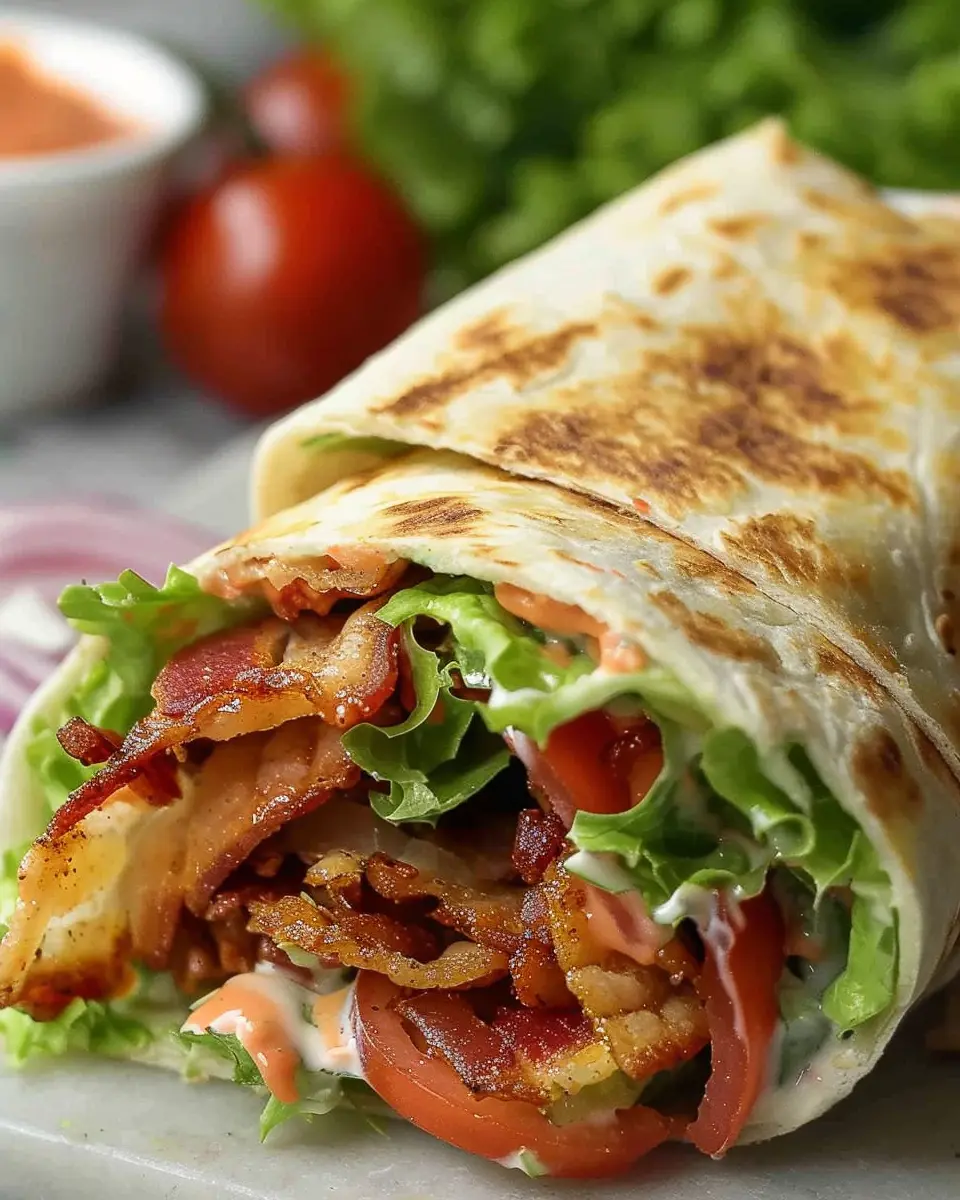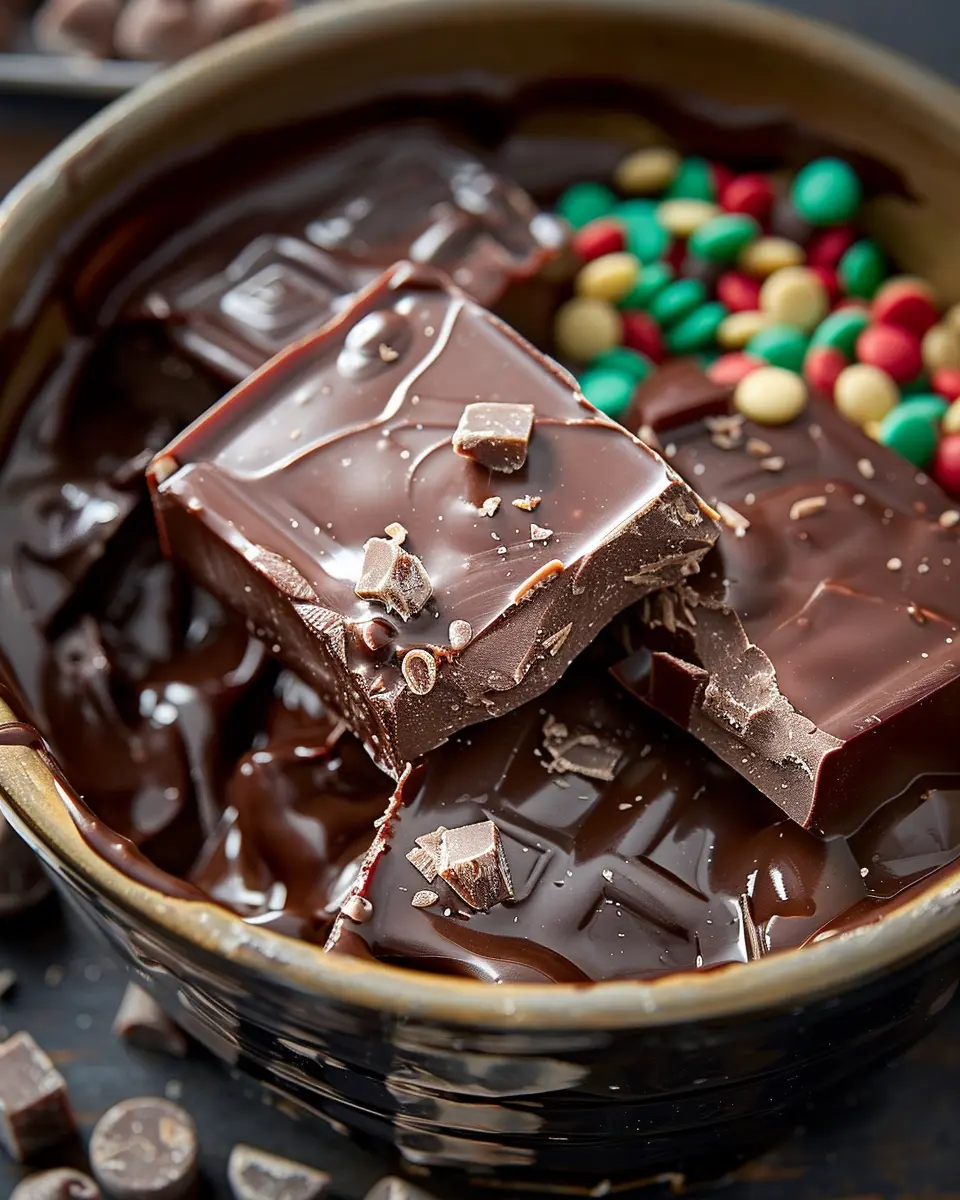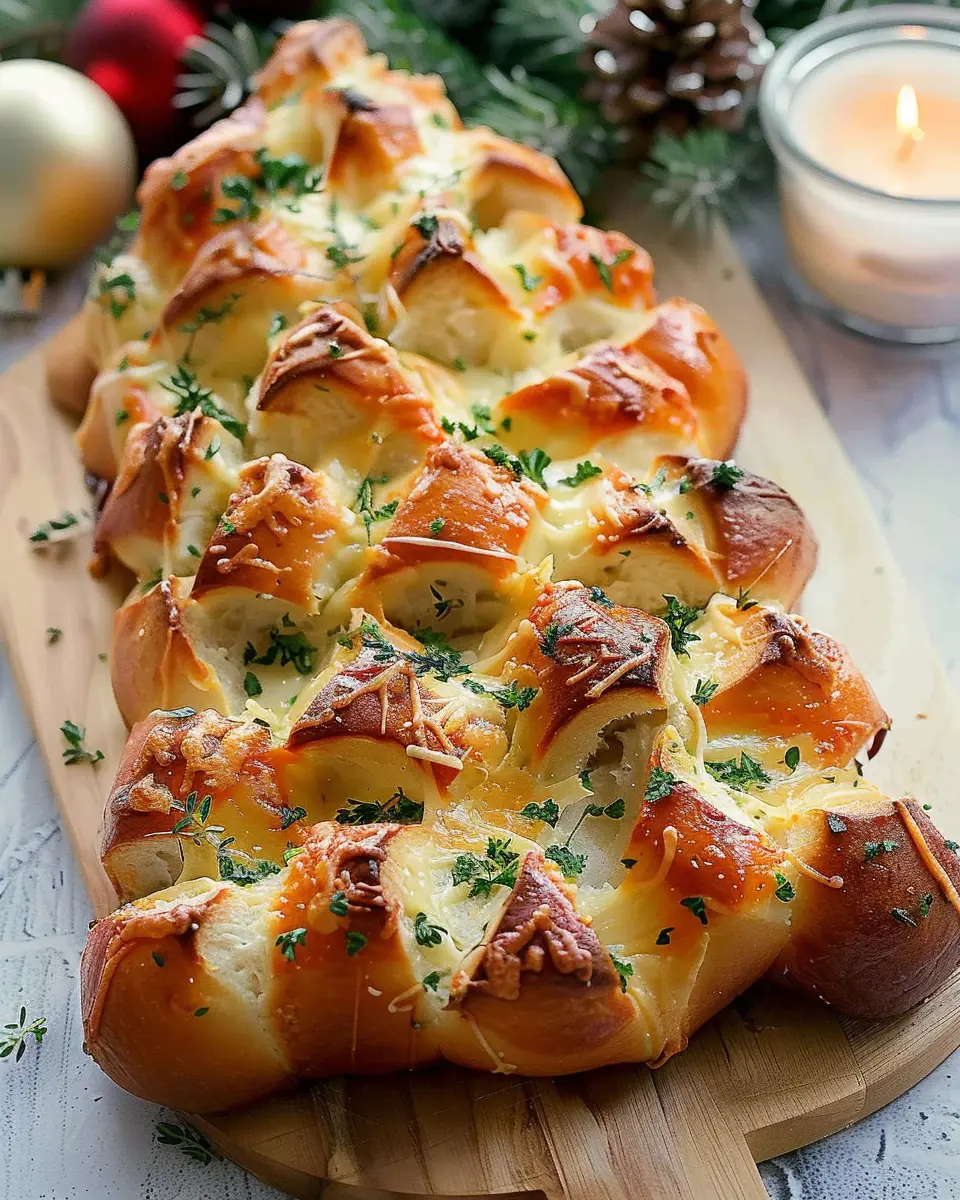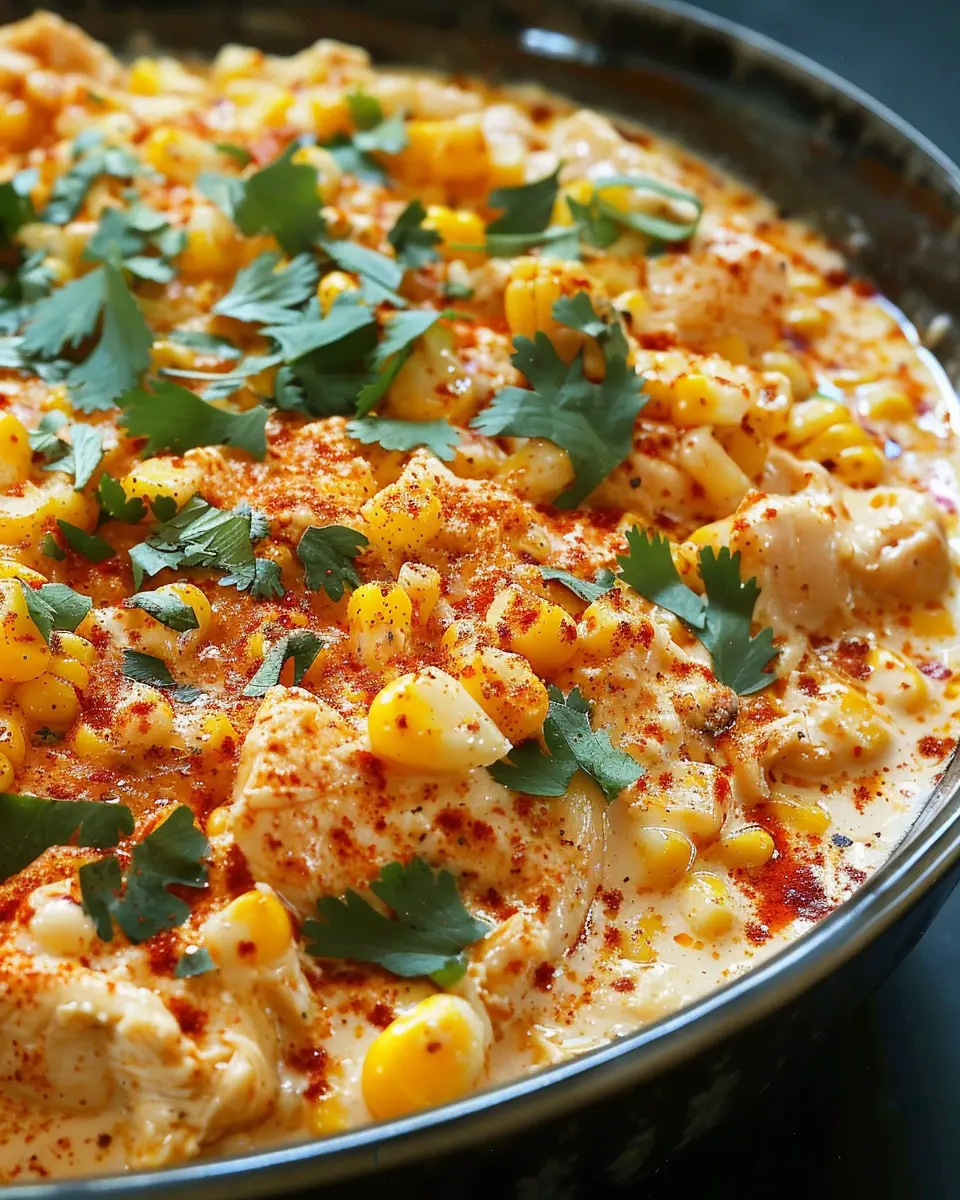Introduction to the Best Sourdough Recipes
Why sourdough? The magic of fermentation
If you’ve ever bitten into a crusty loaf of sourdough, you know there’s something truly special about it. But what makes sourdough so unique? The answer lies in the magic of fermentation. This natural process not only enhances the flavor but also boosts the nutritional value of the bread. When flour and water meet, they create a friendly environment for wild yeast and bacteria, leading to that tangy taste and airy crumb we all love.
Fermented foods, including sourdough, have gained popularity due to their health benefits. Studies suggest that fermentation can increase the bioavailability of nutrients, making it easier for your body to absorb vitamins and minerals. The probiotics formed during fermentation can also contribute to a healthy gut microbiome. Curious about other benefits? Check out this comprehensive guide on fermentation on Healthline.
But it’s not just about health—sourdough’s robust flavor profile makes it the star ingredient in countless recipes. From breakfast to dessert, the versatility of sourdough allows you to experiment in the kitchen. Whether you’re crafting sourdough pancakes for a cozy brunch or a sourdough pizza crust for Friday movie night, you’ll find that the best sourdough recipes can elevate any meal.
Now, let’s talk about why making your own sourdough is not just rewarding but also an adventure. Each loaf tells a story—your story. You get to control the ingredients and the process, allowing your creativity to soar. Have you ever thought about adding unique flavors or toppings to your sourdough bread? The possibilities are endless!
To embark on this culinary journey, explore our collection of the best sourdough recipes. You’ll discover not only traditional loaves but also innovative twists that will excite your taste buds. Ready to dive into the world of sourdough? Let’s get baking!
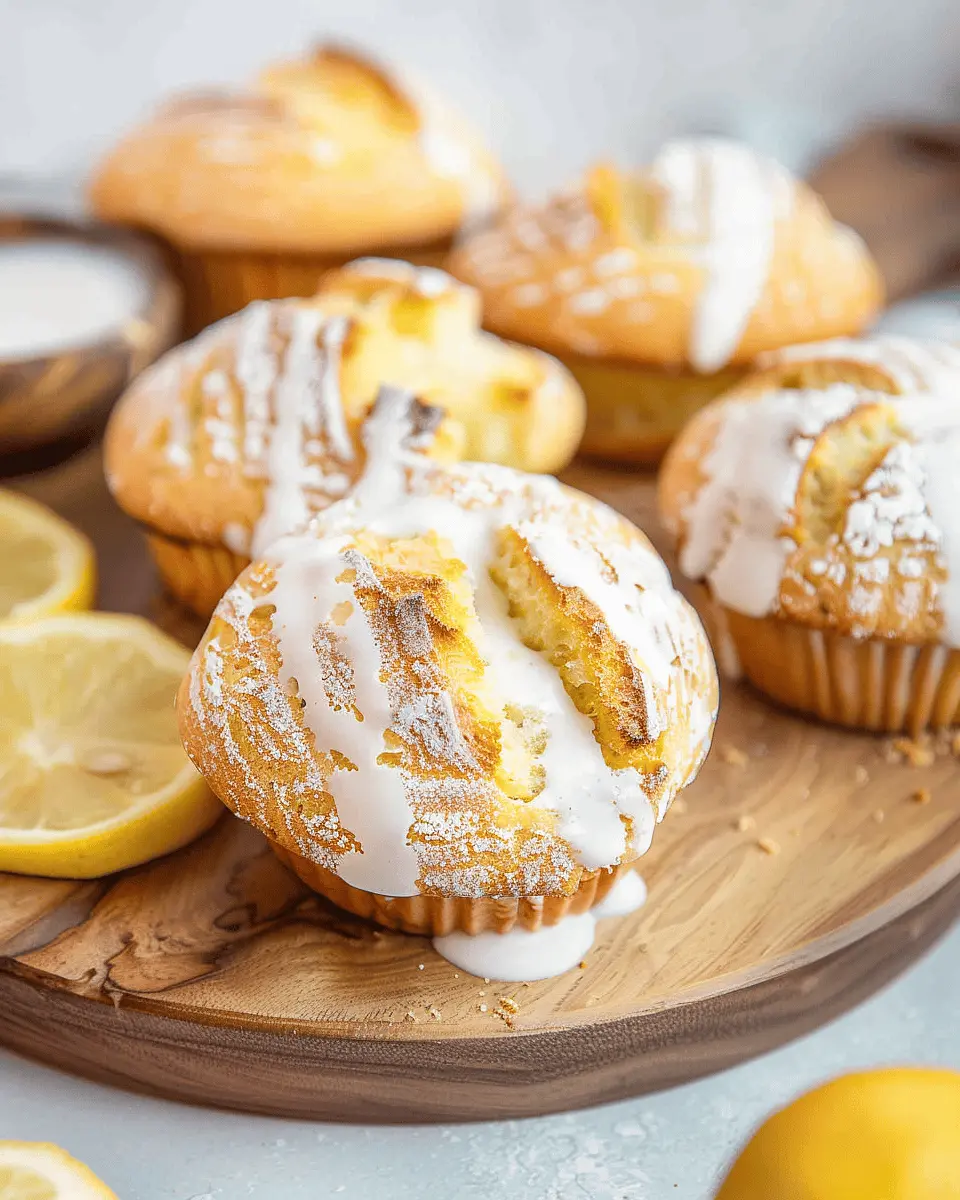
Ingredients for the Best Sourdough Recipes
Essential ingredients for basic sourdough
Creating the best sourdough recipes starts with a few fundamental ingredients. Here’s what you’ll need to get going:
- Flour: Use high-protein bread flour for the best structure, or mix in whole wheat flour for added flavor and nutrition.
- Water: Filtered or bottled water is ideal to avoid chlorine and other chemicals that can hinder yeast development.
- Salt: Just a pinch can elevate the flavor, balancing the natural sweetness of the dough.
- Sourdough Starter: This is the magic ingredient, a blend of flour and water fermented with wild yeast and bacteria. You can make your own or find one from a trusted source.
Remember, the quality of your ingredients directly affects the taste and texture of the bread. Did you know that high-quality flour contains more nutrients, which promotes a better rise? For tips on crafting your own starter, check out resources like King Arthur Baking.
Optional ingredients for flavor
While the essentials are non-negotiable, don’t hesitate to play with some optional ingredients to make your sourdough truly unique:
- Seeds: Adding pumpkin, sunflower, or flaxseeds can provide a delightful crunch and nutritional benefits.
- Herbs: Fresh or dried herbs like rosemary or thyme can infuse your bread with aromatic flavors.
- Sugars: A touch of honey or maple syrup can enhance the depth of flavor and aid fermentation.
- Mix-ins: Consider dried fruits like raisins or cranberries for a sweet twist or even bits of turkey bacon or chicken ham for a savory option.
Experimenting with these ingredients can transform a standard loaf into something exceptional. The creative possibilities are virtually endless! Want more inspiration? Delve into our top ten sourdough recipes and find your next baking adventure!
Step-by-step Preparation of Sourdough
Embarking on the journey to make your own sourdough bread is an exciting adventure! Follow this step-by-step guide to ensure you end up with a beautifully crusty and flavorful loaf that’s sure to impress. Let’s dive into the steps!
Gather your ingredients and starter
Before you can delve into baking one of the best sourdough recipes, you need to gather your ingredients and ensure your sourdough starter is active. Here’s what you need:
- Sourdough Starter: Make sure your starter is bubbly and has been fed within the last few hours.
- Flour: Use a mix of all-purpose flour and whole wheat flour for depth of flavor.
- Water: Ideally filtered or spring water, at room temperature.
- Salt: Fine sea salt works well.
Tip: If you’re a newcomer to sourdough baking, understanding your starter is essential. For some great tips on starter care, check out King Arthur Baking’s guide.
Mix the dough
In a large mixing bowl, combine your flour and water. It’s crucial at this stage to mix until no dry flour remains. The dough might feel a bit shaggy and sticky, but that’s a good sign! Next, add in your sourdough starter and salt. Mix everything until well combined; you can use your hands or a spatula. This is the moment to feel the dough—let your senses take over!
Knead the dough
Once the ingredients are combined, transfer your dough onto a lightly floured surface. It’s time to knead! You can use the classic method of folding and pushing the dough away with your palms, or use the slap and fold technique for added air incorporation. Kneading should last about 8 to 10 minutes until the dough becomes smooth and elastic.
Pro tip: During this process, don’t rush it. Kneading helps build the gluten structure, which is vital for that perfect chewy texture.
First proofing (bulk fermentation)
Place your kneaded dough into a greased bowl and cover it with a damp cloth. Let it rise at room temperature for 4 to 6 hours or until it has doubled in size. This period is essential for developing flavor and gluten strength. Every hour or so, check in on your dough. Give it a gentle stretch and fold to encourage rise and strengthen the yeast activity.
Shape the dough
Once your dough has completed its initial proof, gently turn it out onto a floured work surface. Shape it into a round ball or a loaf by tucking the edges into the center. Use your hands to create tension on the surface by pulling it towards you on the counter.
Helpful hint: Take the time to shape it well; it contributes to the dough’s final texture and appearance.
Second proofing (final fermentation)
Now that you’ve shaped your dough, it’s time for the final proof. Place it in a proofing basket or bowl lined with a floured cloth, cover it, and let it rise for another 1 to 2 hours, or until it puffs up noticeably. This phase is crucial for the development of flavor and texture, giving your loaf that lovely sour tang.
Did you know? According to experts, the longer the dough ferments, the more developed the flavor will be.
Bake your sourdough
Preheat your oven to 450°F (232°C) with a Dutch oven inside if you have one—it creates a mini steam oven effect that helps develop that irresistible crust. Once ready, carefully transfer your dough into the heated Dutch oven or onto a baking stone. Score the top with a sharp knife or razor blade—this allows steam to escape and creates a beautiful pattern.
Bake it for 30 minutes with the lid on, then 15 to 20 minutes uncovered until golden brown. Let your sourdough cool on a wire rack before slicing to allow the crumb to finish setting.
As you embark on this journey, remember that each loaf will teach you something new. You’re not just baking; you’re creating a labor of love and art. Enjoy the process, and soon enough, you’ll discover why sourdough is one of the best sourdough recipes loved by baking enthusiasts everywhere! Happy baking!
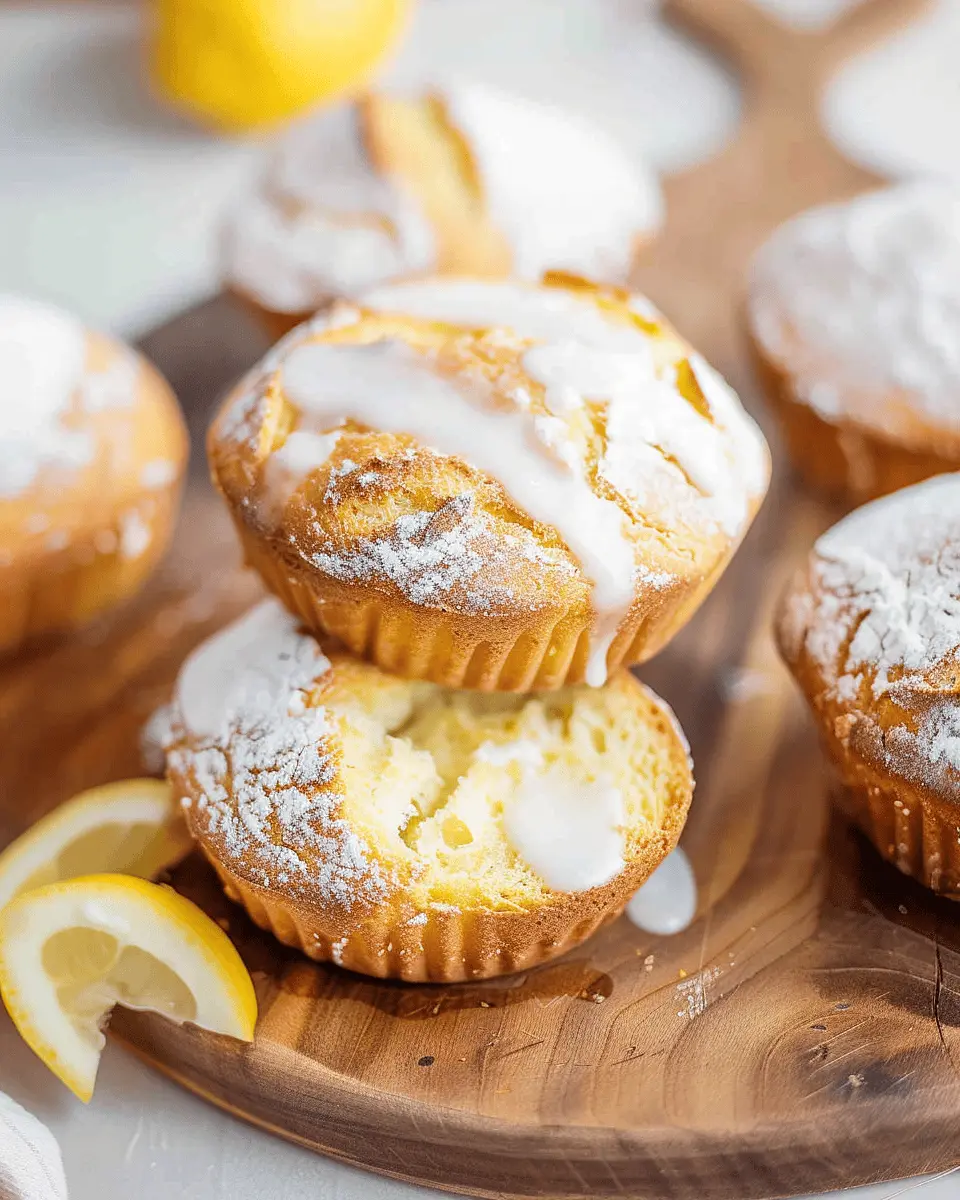
Variations of the Best Sourdough Recipes
Sourdough baking is a delightful journey, and there are endless variations that can elevate your homemade loaves. Let’s explore two fantastic twists on the best sourdough recipes that are sure to impress your friends and family.
Whole Grain Sourdough
If you’re looking for a healthier alternative while keeping that irresistible sourdough flavor, consider whole grain sourdough. Incorporating whole wheat or rye flour not only enhances the bread’s taste but also boosts its nutritional profile. Whole grains are packed with fiber, vitamins, and minerals. You might find that using a mix of 50% all-purpose and 50% whole grain flour gives you a fantastic texture while retaining that signature sourdough tang.
For an extra layer of flavor, feel free to experiment with different grains like spelt or einkorn. Need inspiration? Check out this guide on baking with whole grains to discover various techniques and tips.
Sourdough with Added Spices and Herbs
Why settle for standard when you can explore a world of flavors? Sourdough with added spices and herbs is a fun way to customize your loaf. Imagine infusing your dough with herbs like rosemary or thyme, or adding warm spices such as cinnamon or nutmeg. The aroma wafting through your kitchen as it bakes is simply heavenly!
Not sure where to begin? Here are a few tasty combinations:
- Garlic and rosemary for a fragrant loaf perfect for dipping.
- Cinnamon and raisins for a sweet twist that makes a delightful breakfast.
- Chili flakes and cheese for a savory, zesty treat.
So, why stick to plain sourdough when you can unleash your creativity with these variations? Dive into the best sourdough recipes yet and make your baking more vibrant today!
Cooking Tips and Notes for Sourdough
Mastering sourdough can seem daunting, but with a few handy tips, you’ll be on your way to baking some of the best sourdough recipes out there! Here’s how to elevate your sourdough game:
Make Time Your Ally
Sourdough thrives on a long fermentation process. Don’t rush it! Letting your dough sit longer enhances flavor and texture.
Keep Ingredients at Room Temperature
Before mixing, let your ingredients (especially your starter) come to room temperature. This ensures they activate properly, giving your bread that lift and airy crumb we all love.
Hydration is Key
Adjust the water content based on your flour. Higher hydration can yield a better crust and crumb, but it might be stickier to handle. Use a bench scraper to help.
Storage Secrets
To maintain freshness, store your sourdough bread in a paper bag at room temperature. For longer storage, slice and freeze pieces wrapped tightly in plastic.
Experiment!
Try pairing different flours, like spelt or rye, for unique textures and flavors. You can also incorporate fillings like Turkey Bacon or Chicken Ham for a savory twist that’ll elevate your culinary creations.
For more guidance, check out The Perfect Loaf for expert advice and troubleshooting tips that can help you perfect your sourdough journey!
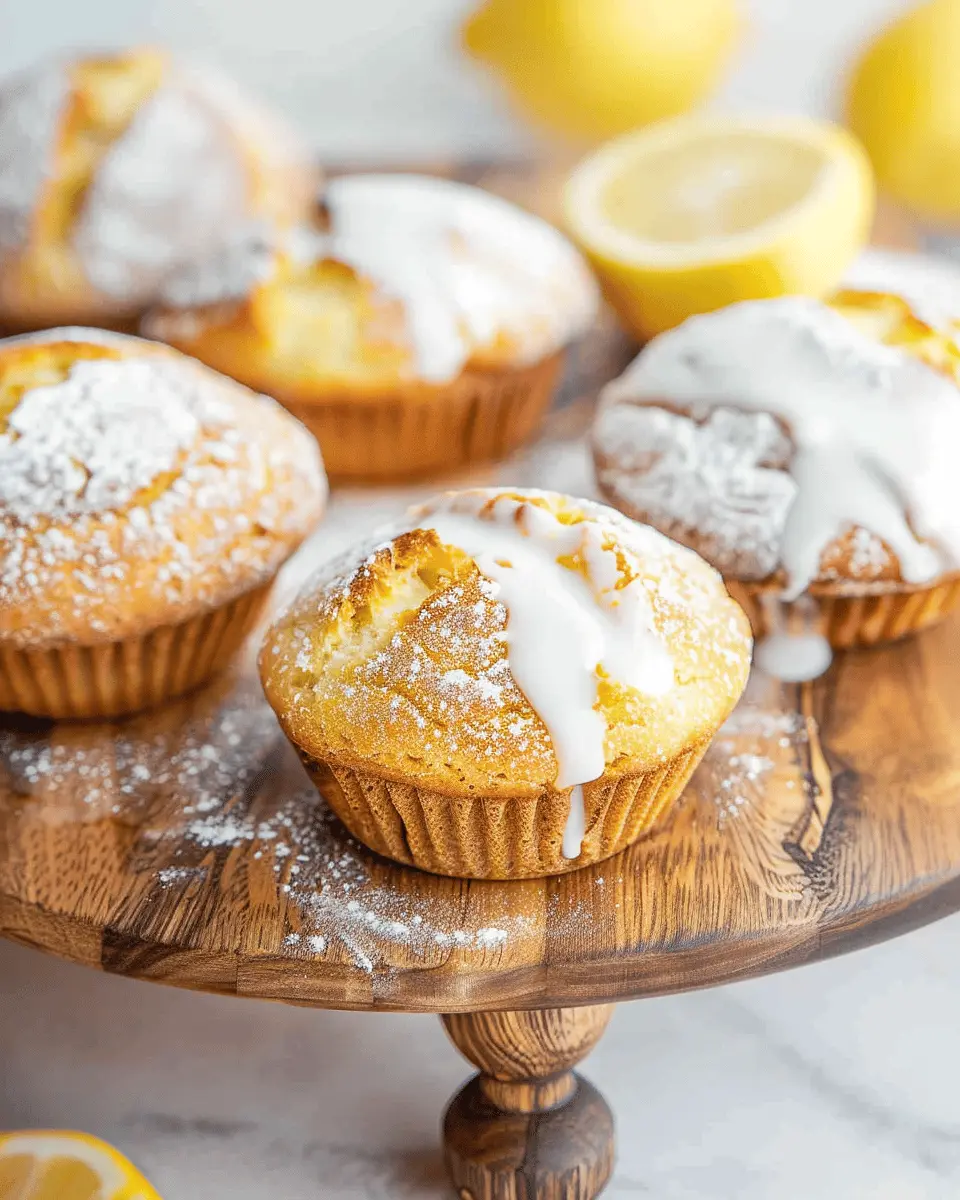
Serving Suggestions for Sourdough
Sourdough is a culinary treasure that goes beyond just a delicious loaf. It can elevate any meal when paired thoughtfully. Here are some creative serving suggestions sure to impress your friends and family.
Classic Spread Combinations
To enhance your sourdough experience, try these mouthwatering spreads:
- Avocado & Feta: Smash ripe avocado with crumbled feta for a creamy topping that pairs excellently with a toasted slice.
- Seasoned Hummus: Opt for a garlic or roasted red pepper hummus for a robust dip alongside fresh veggies.
Savory Sandwiches That Wow
Why not make a standout sandwich? Here are a couple of ideas:
- Turkey Bacon & Tomato: Layer crispy turkey bacon with fresh tomato slices and a smear of aioli. This combo is an instant classic!
- Chicken Ham & Arugula: For a lighter option, stack chicken ham with peppery arugula and a drizzle of balsamic glaze on your sourdough.
Breakfast Bonanza
Kickstart your day with these delightful breakfast ideas:
- Egg & Spinach: Top your sourdough with a fried egg and sautéed spinach for a hearty breakfast.
- Berry Toast: Spread ricotta on a slice, then layer with fresh berries and a drizzle of honey. This is an excellent choice for brunch!
By exploring these serving suggestions, you’ll see why sourdough deserves a spot in your kitchen. If you want to expand your repertoire, check out the best sourdough recipes for more inspiration. For more tips on food pairings, visit Serious Eats. Happy cooking!
Time Breakdown for Sourdough
When it comes to the best sourdough recipes, understanding the timing is crucial to achieving that beautiful crust and airy crumb. Here’s a quick breakdown of the time you’ll need.
Preparation Time
Expect to spend about 30 minutes on preparation for the dough, including mixing and kneading. This is the fun part, where you can really connect with your ingredients.
Baking Time
Once your dough has risen beautifully, the baking will take around 30-40 minutes. You’ll want to keep an eye on it for that perfect golden-brown crust.
Total Time
In total, you’re looking at a few hours, but keep in mind that a good portion of this time involves letting the dough rest and rise – up to 12 hours overnight! So, plan ahead for those delightful mornings when you greet your fresh sourdough.
For more in-depth insights into sourdough baking, check resources like the Bread Baker’s Guild or King Arthur Baking. Happy baking!
Nutritional Facts for Sourdough
When diving into the world of sourdough, knowing its nutritional perks can enhance your culinary experience. Let’s break down some key facts that might surprise you.
Calories
A typical slice of sourdough bread contains around 70 to 100 calories. This makes it a great option if you’re looking to indulge without going overboard.
Protein
You’ll also find approximately 2 to 4 grams of protein per slice. While it’s not a full protein source, combining sourdough with toppings like Turkey Bacon or Chicken Ham can help boost your protein intake.
Fiber
Sourdough is a commendable source of dietary fiber, offering about 1 to 2 grams per serving. This fiber aids digestion and keeps you feeling full, making it an excellent choice for those exploring the best sourdough recipes.
Incorporating nutritious bread like sourdough into your meals can positively impact your diet. For further reading on bread nutrition, check out Nutrition Data for comprehensive insights.
FAQs about the Best Sourdough Recipes
How do I know when my sourdough is ready to bake?
Knowing when your sourdough is ready can be one of the trickiest aspects of baking. Look for these signs:
- Doubled in Size: Your dough should have roughly doubled in volume during the bulk fermentation stage.
- Poke Test: Gently poke the dough with your finger. If the dent springs back slowly, it’s time to bake.
- Bubbles: The presence of bubbles on the surface indicates that the dough is active and ready.
If you’re unsure, trust your instinct — the best sourdough recipes often allow some room for flexibility.
What should I do if my sourdough isn’t rising?
If your sourdough isn’t rising, don’t panic! Here are some troubleshooting tips:
- Check the Starter: Ensure your sourdough starter is healthy and bubbly. It’s the backbone of your bread.
- Temperature: Sourdough thrives at warmer temperatures (around 75°F to 80°F). If your kitchen is too cool, try placing it in a warmer spot.
- Time: Sometimes your dough just needs more time. Be patient, especially with the best sourdough recipes.
Can I use different types of flour for sourdough?
Absolutely! Using different flours can bring unique flavors and textures to your loaf. Here’s a quick guide:
- Whole Wheat Flour: Adds a nutty flavor and increases nutritional value.
- Rye Flour: Enhances fermentation and creates a tangy bite.
- Spelt Flour: Renders a delicate and slightly sweet flavor.
Experimenting with flour types not only diversifies your baking skills but also results in diverse loaves that can cater to your palate. For more in-depth guidance, consider checking out resources like King Arthur Baking for expert tips.
Happy baking, and may you find joy in every loaf you create!
Conclusion on the Best Sourdough Recipes
Sourdough baking can feel like an art form, but the magic lies in the journey. With the best sourdough recipes, you’ll discover flavors and textures that elevate your meals. Whether you’re enjoying a classic loaf or venturing into sourdough pancakes, each recipe offers a chance to hone your skills and impress your friends or family. As you experiment, remember that practice makes perfect!
For those looking to enhance their culinary repertoire, I recommend checking out resources like King Arthur Baking and Food52 for tips and techniques. Now, go forth and create some delightful sourdough masterpieces that will make your meals unforgettable. Happy baking!
PrintThe Best Sourdough Recipes: 10 Easy and Delicious Ideas at Home
Discover the best 10 sourdough recipes that are easy to make at home. Perfect for beginners and seasoned bakers alike!
- Prep Time: 30 minutes
- Cook Time: 30 minutes
- Total Time: 5 hours
- Yield: 1 loaf 1x
- Category: Breads
- Method: Baking
- Cuisine: American
- Diet: Vegetarian
Ingredients
- 3 cups all-purpose flour
- 1 1/2 cups warm water
- 1 cup active sourdough starter
- 2 teaspoons salt
Instructions
- In a large bowl, mix the flour and salt.
- Stir in the warm water and sourdough starter until combined.
- Cover and let rest for 30 minutes.
- Knead the dough for 10 minutes until smooth.
- Let the dough rise for 4 hours, or until doubled in size.
- Shape the dough into a loaf and place it in a proofing basket.
- Let it rest for another hour.
- Bake in a preheated oven at 450°F (230°C) for 30 minutes.
Notes
- Use a kitchen scale for accurate measurements.
- Experiment with different flours for varied flavors.
Nutrition
- Serving Size: 1 slice
- Calories: 150
- Sugar: 0g
- Sodium: 300mg
- Fat: 1g
- Saturated Fat: 0g
- Unsaturated Fat: 0g
- Trans Fat: 0g
- Carbohydrates: 30g
- Fiber: 1g
- Protein: 4g
- Cholesterol: 0mg
Keywords: sourdough, bread, baking, easy recipes



